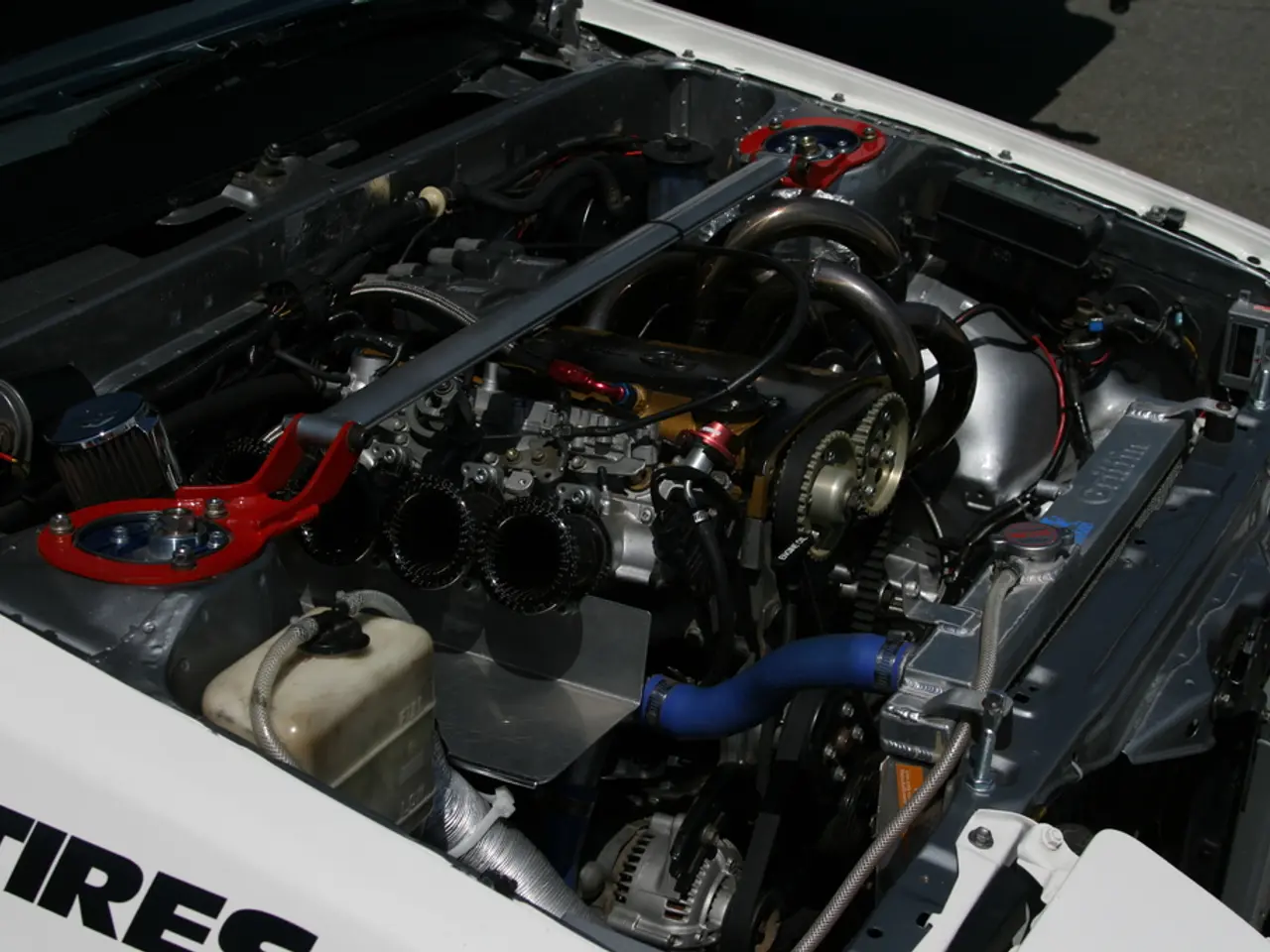Repurpose an item initially, later recycle it
The University of Münster, in collaboration with the Fraunhofer FFB and the Lawrence Berkeley National Laboratory, has conducted a groundbreaking study on the environmental benefits of reusing batteries from electric vehicles for stationary storage, rather than immediately recycling them.
The research, which provides a data-based foundation for political and economic decisions on how to handle old batteries, clearly recommends reuse before recycling. The study found that the long-term reuse of retired vehicle batteries as stationary storage offers greater CO2 savings than their immediate recycling, particularly in regions with a high share of renewable energy.
The study compared three scenarios: today's practice, a scenario with complete recycling, and one with prioritized second life use. It was discovered that prioritizing second-life use could save around 56 million tons of CO₂ emissions by 2050 compared to 48 million tons saved by immediate recycling alone.
The study also emphasizes the need for early, systemic planning along the entire battery value chain - from production to use to end of life - to fully exploit the ecological and economic potential. While direct recycling would save around 48 million tons of CO2 by 2050, preferred second life use would increase savings to about 56 million tons - a significant difference.
Reusing end-of-life EV batteries as stationary storage results in a larger reduction of greenhouse gas emissions than recycling immediately. The study estimates reuse can save roughly 55.8 to 56 million tonnes of CO₂ equivalents by 2050 versus about 48 million tonnes from recycling.
Second-life use of batteries helps conserve raw materials by extending the functional lifetime of batteries before recycling is needed, thus reducing the demand for new material extraction and battery production. By 2050, the volume of batteries reaching end-of-life will surpass the demand for stationary energy storage in California, meaning many used EV batteries can effectively meet storage needs, especially lithium iron phosphate types which are well suited for stationary use.
Stationary battery storage aids integration of renewable energy into power grids, peak load management, and energy security, further supporting climate benefits beyond battery lifecycle emissions. However, recycling remains important to manage battery materials long-term and close the loop sustainably.
In conclusion, prioritizing reuse of EV batteries for stationary storage before recycling can significantly reduce greenhouse gas emissions and environmental impacts, especially in regions with high renewable energy penetration. The study serves as a clear call for a shift in focus towards a more sustainable and circular economy for batteries.
- The study conducted by the University of Münster, Fraunhofer FFB, and Lawrence Berkeley National Laboratory recommends the reuse of old batteries from electric vehicles for stationary storage, as it offers greater CO2 savings than immediate recycling, particularly in regions with a high share of renewable energy.
- While direct recycling saves around 48 million tons of CO2 by 2050, prioritizing second-life use could save an additional 8 million tonnes, demonstrating a significant difference.
- Second-life use of batteries also helps conserve raw materials and reduce the demand for new material extraction and battery production.
- In addition to reducing greenhouse gas emissions, stationary battery storage aids the integration of renewable energy into power grids, peak load management, and energy security, further supporting climate benefits beyond battery lifecycle emissions. Therefore, the study serves as a clear call for a shift towards a more sustainable and circular economy for batteries.




